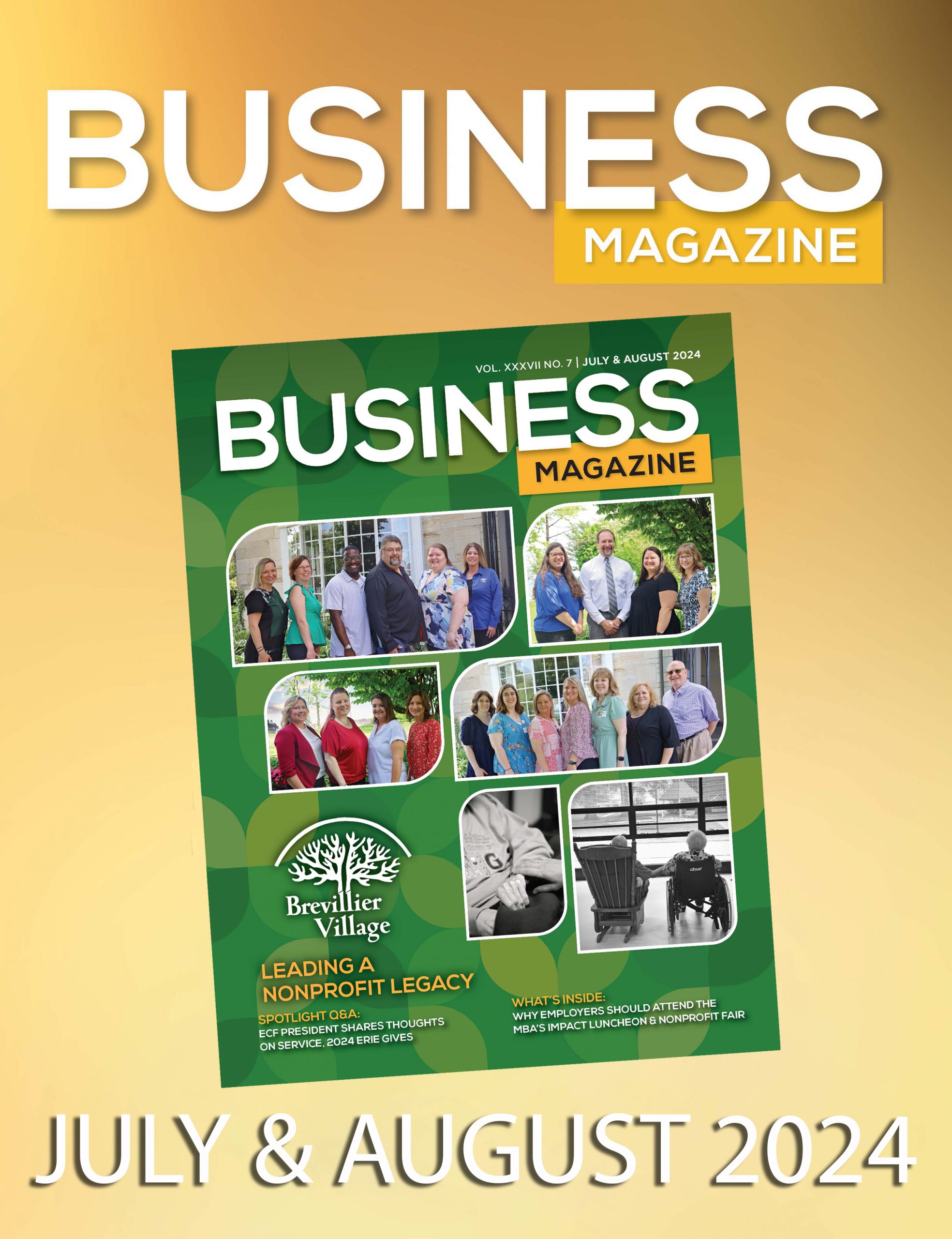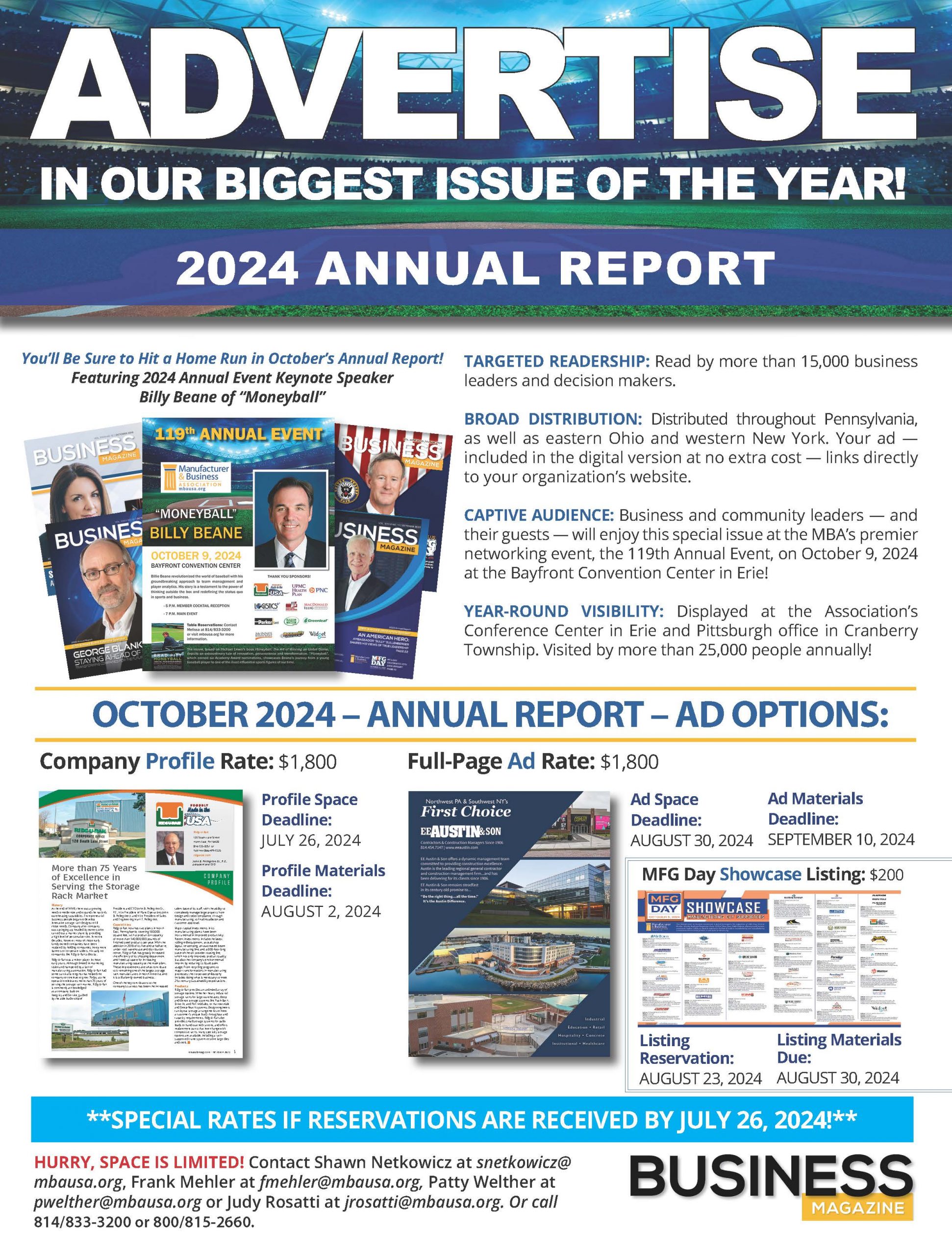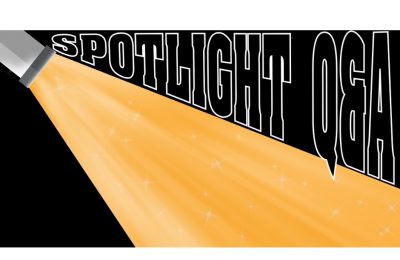If there is one thing that experts agree on when it comes to economic forecasts, it’s that nothing is a sure bet.
And just like “The Tortoise and the Hare,” there is always room for a surprising twist.
Is slow and steady going to help boost the economy in 2017? Or is it expected to make a strong start early in the year, only to run into possible setbacks?
Here, the Business Magazine talks with Ken Louie, Ph.D., director of the Economic Research Institute of Erie (ERIE) at Penn State Behrend, about the 2017 economic forecast and why Aesop’s fable is a good lesson for the current economic conditions when talking about the outlook for Erie and northwest Pennsylvania compared to the state and nation. As Dr. Louie illustrates, the United States and Pennsylvania are clearly the “rabbits,” outpacing Erie in most measures of economic performance, while Erie is the “tortoise,” slower in pace but wise and confident based on years of learning from experience.
“We all know how the fable ends,” says Dr. Louie, “so perhaps that is also a fitting analogy for Erie’s aspirations, namely to (eventually) outpace the state and
nation, at least along a few economic dimensions.”
According to Dr. Louie, some of the major indicators to watch in order to gauge how quickly – or slowly – the region is catching up with the rest of the state and nation include measures of labor market performance, such as job growth, labor force participation and unemployment; overall measures of prosperity, such as household incomes and average earnings; as well as other measures of community well-being, such as poverty, education, crime and health. But it’s also important to keep an eye on policies at the national, state and local levels and global events that may produce “shocks” to the local economy.
States Dr. Louie, “A tortoise that keeps its eyes and other senses attuned to these important variables will be more likely to develop a successful long-run strategy to catch up with the rest of the state and nation in terms of economic well-being.”
Read more in the December 2016 Business Magazine.












